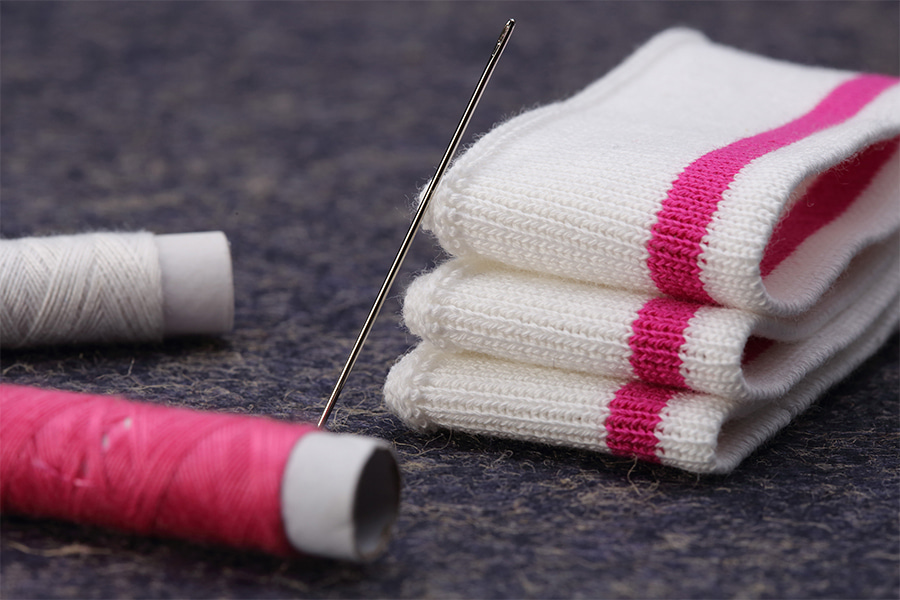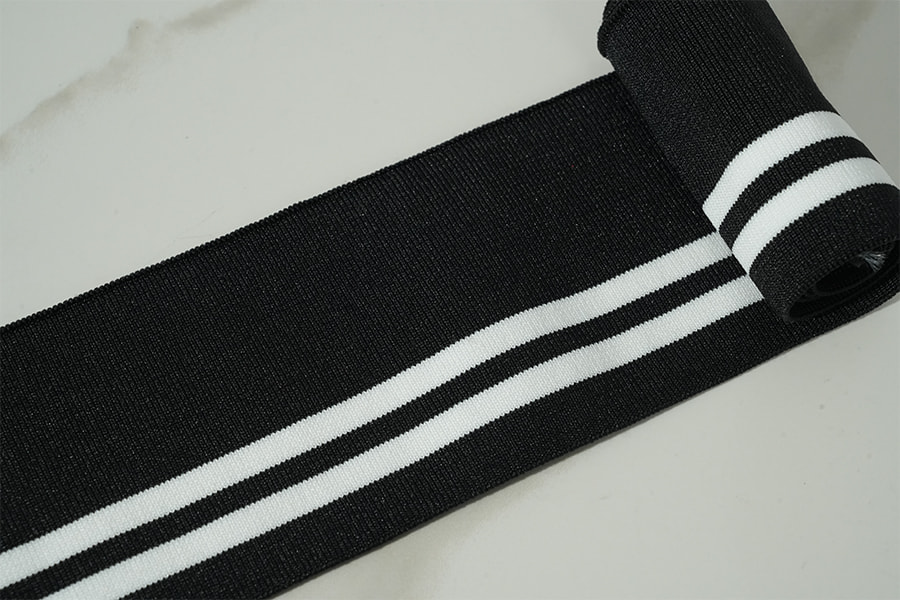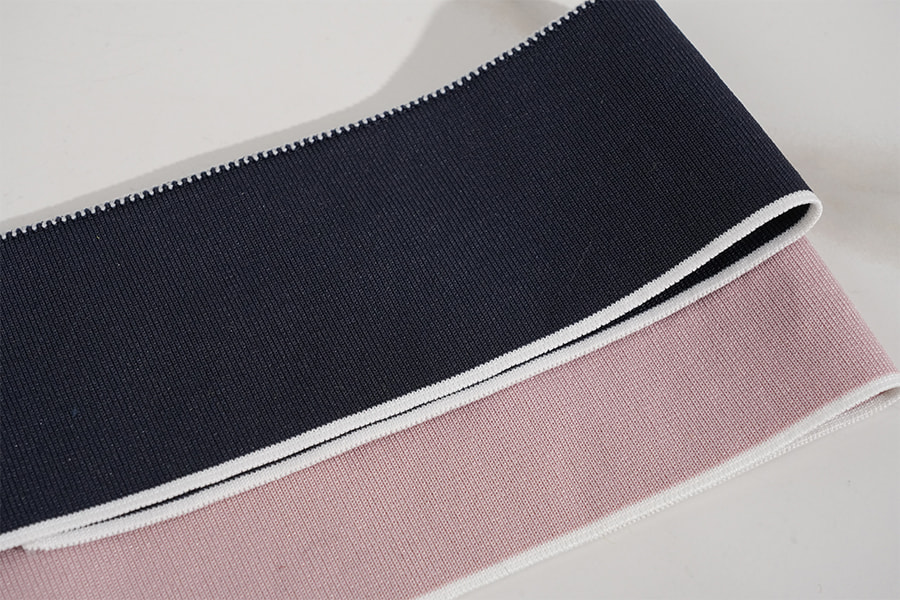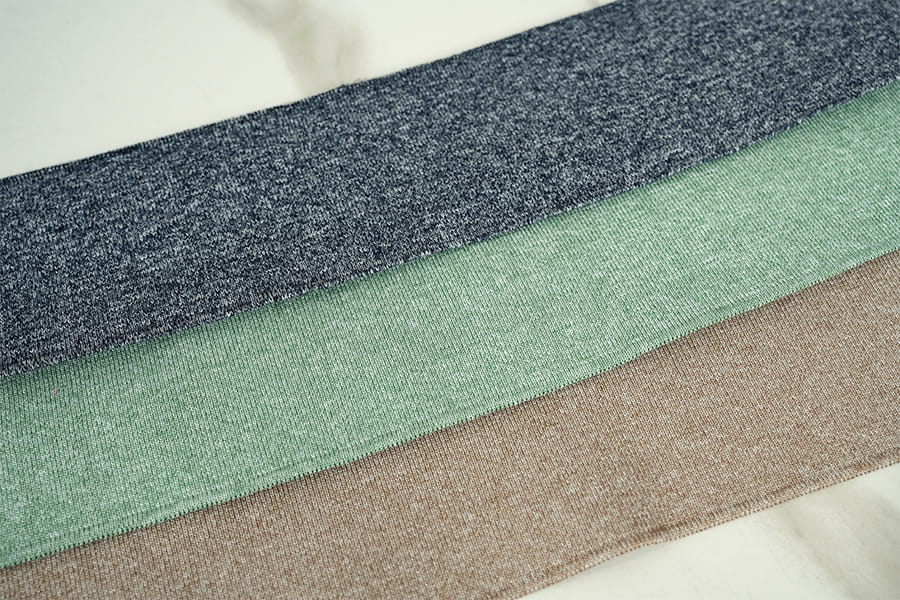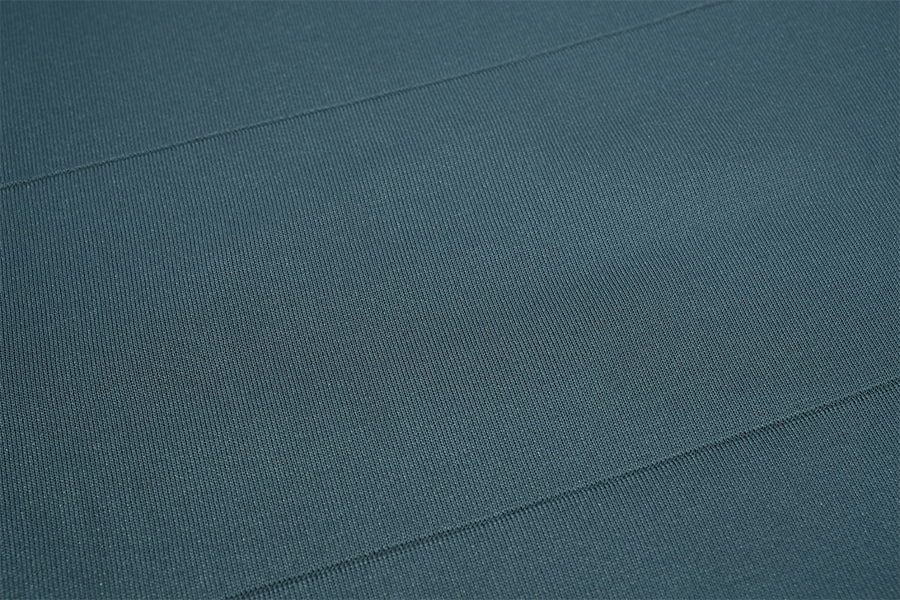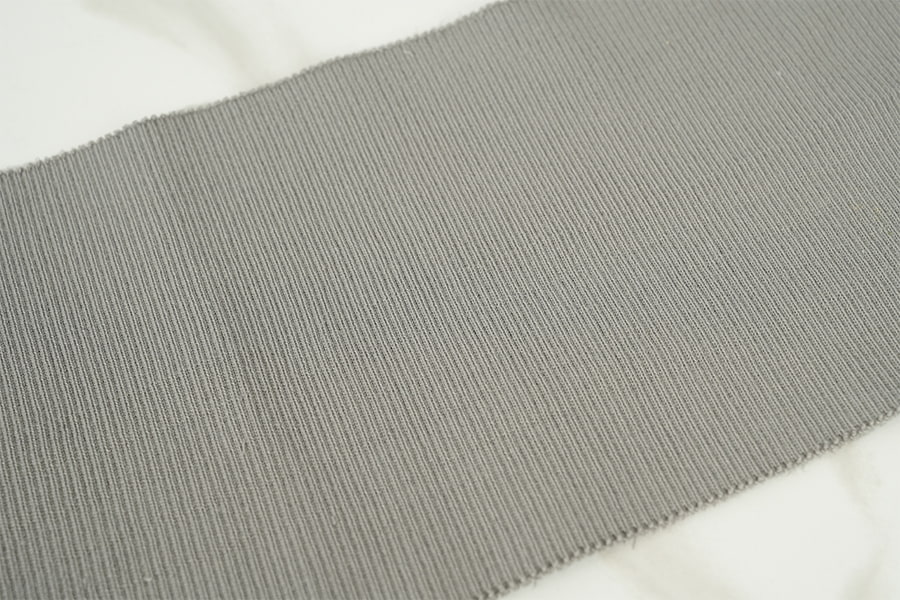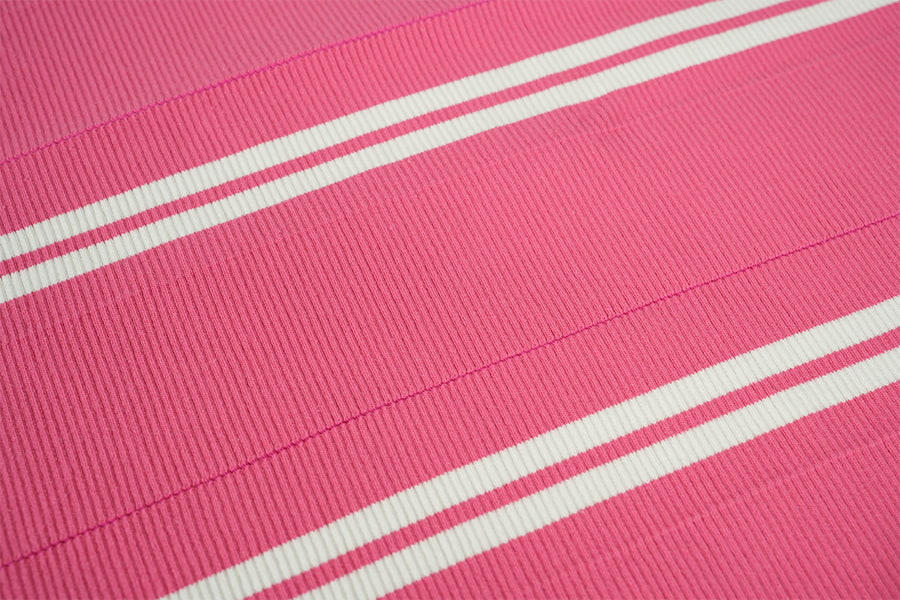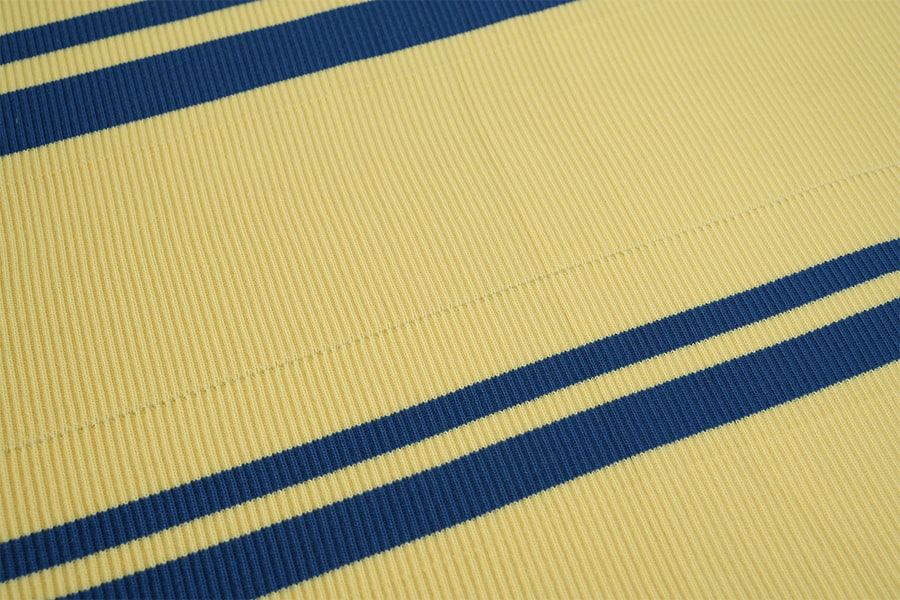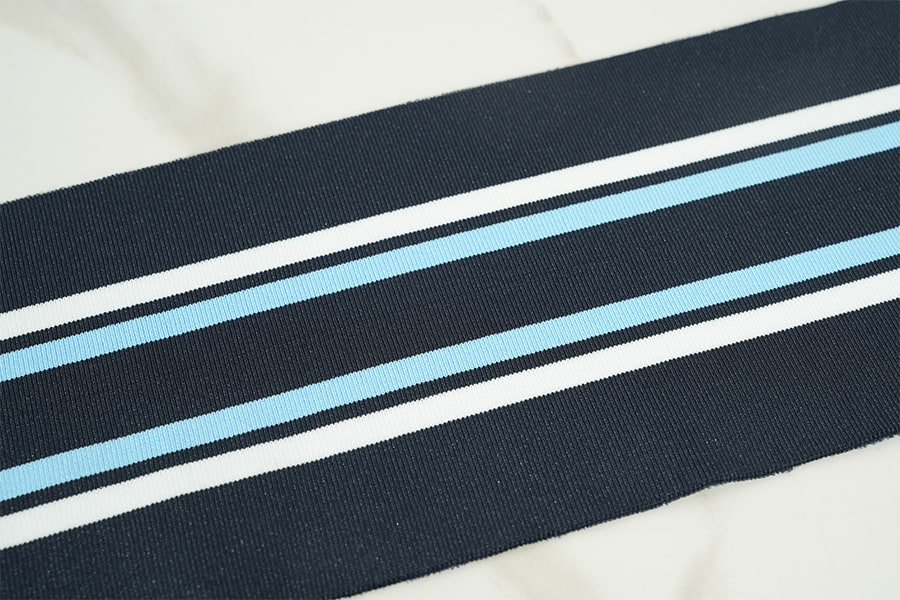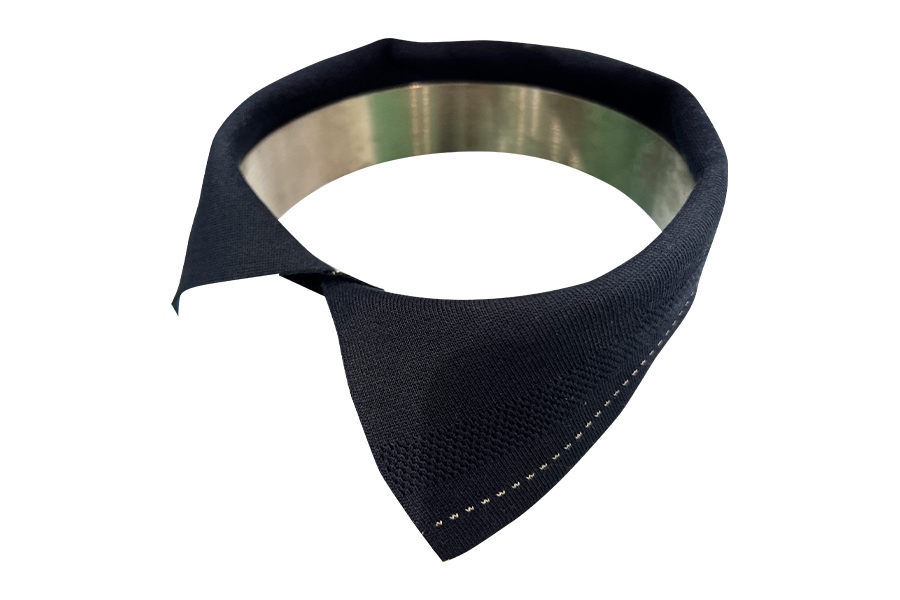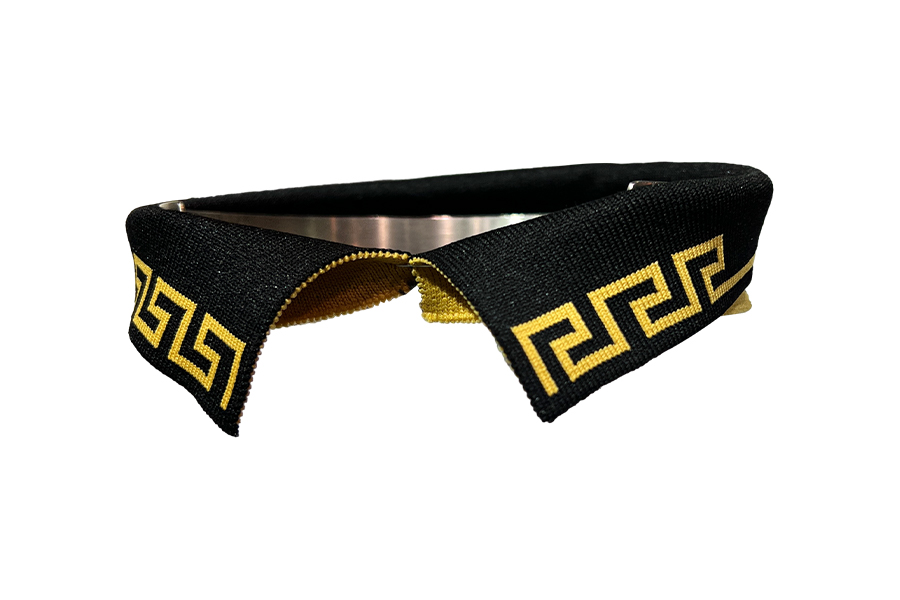Acrylic, as a synthetic fiber widely used in the field of clothing design, is highly valued by designers and consumers due to its excellent performance and diverse application scenarios. In particular, the dyeing process plays a vital role in the production process of acrylic cuff ribs.
Dyeing properties of acrylic
Compared with natural fibers (such as cotton and wool), acrylic fibers have significant differences in dyeing properties. The molecular structure of acrylic acid makes its affinity for dyes relatively low, so specific dyes and processes are required in the dyeing process. Acrylic dyeing mainly relies on the following types of dyes:
Acid dyes: Acid dyes are the most commonly used type of dyes in acrylic dyeing. These dyes react chemically with acrylic fibers in an acidic environment to form a strong bond, ensuring the durability of the dyeing effect.
Disperse dyes: Disperse dyes are also suitable for acrylic in high-temperature dyeing applications. These dyes can penetrate the fiber more effectively at high temperatures and improve the uniformity of dyeing.
Basic dyes: Some basic dyes can also be used for acrylic dyeing, but usually require more stringent process control to ensure the stability of the dyeing effect.
Special requirements for dyeing process
During the dyeing process of acrylic cuff ribs, a series of special requirements must be followed to ensure the uniformity, firmness and durability of the dyeing effect.
Dyeing temperature and time: The dyeing process of acrylic is critical to the control of temperature and time. Generally, the dyeing temperature should be maintained between 80-100 degrees Celsius, and the dyeing time is generally 30 minutes to 1 hour. Too high a temperature may cause deformation or damage to the fiber, while too low a temperature may cause uneven dyeing. Therefore, strict control of temperature and time during the dyeing process is the key to achieving the best dyeing effect.
pH control: When dyeing with acid dyes, the pH value of the dye bath is a key factor. Ideally, the pH value of the dye bath should be maintained between 4.5 and 5.5 to ensure good bonding between the dye and the acrylic fiber. Too high a pH value may lead to a decrease in the adsorption effect of the dye, thereby affecting the uniformity and firmness of the dyeing. Therefore, the pH value of the dye bath needs to be regularly monitored and adjusted during the dyeing process to ensure the best dyeing conditions.
Use of auxiliaries: During the dyeing process, the appropriate addition of auxiliaries can significantly improve the dyeing effect. For example, the use of detergents can remove impurities on the fiber surface and improve the adsorption rate of dyes. In addition, the addition of fixing agents can enhance the fastness of dyeing and reduce fading. Selecting the right auxiliaries and their dosage is crucial to improving dyeing quality.
Post-processing process: After dyeing is completed, the post-processing process cannot be ignored. Post-processing includes steps such as washing, fixing and drying. The washing step can remove unabsorbed dyes and auxiliaries to ensure the cleanliness of the finished product. The fixing process helps to further improve the fastness of dyeing and reduce fading during washing. During the drying process, high temperatures and direct sunlight should be avoided to prevent fiber damage and deformation.
